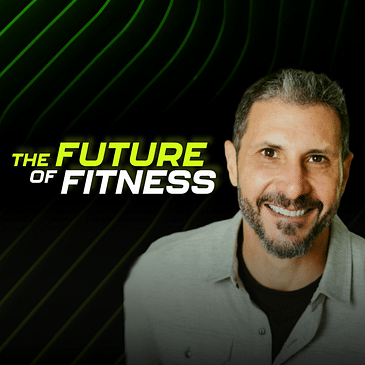In this episode, host Eric Malzone is joined by guests Juliet Starrett and Alex Alimanestianu to discuss various topics impacting the fitness industry. They start by analyzing the quarterly reports of major fitness companies, diving into stock performance, revenue growth, and operational challenges. The conversation then shifts to CrossFit, exploring recent changes in affiliate fees and the evolving landscape for gym owners. Finally, they delve into the state of women's health and sports, addressing challenges like diversity in leadership, menstrual cycle impacts on performance, and the role of social media in promoting positive changes. Despite the hurdles, they express optimism about the future of women's health and sports and the potential for positive transformations in the fitness industry.
LINKS:


